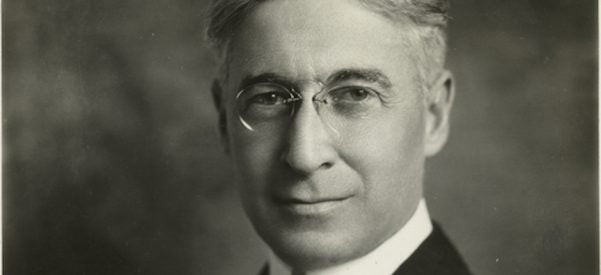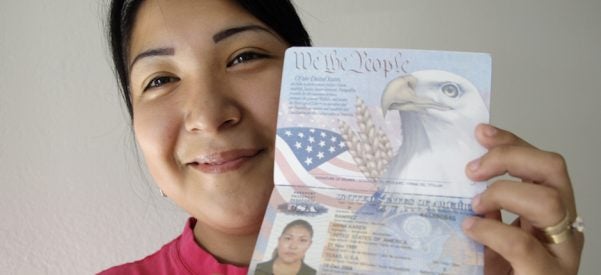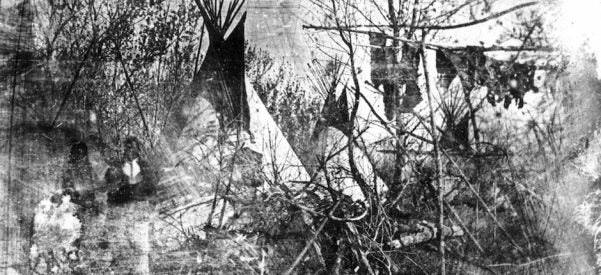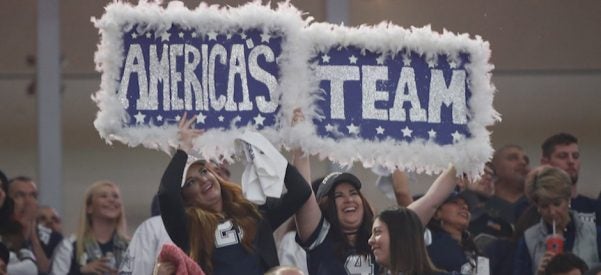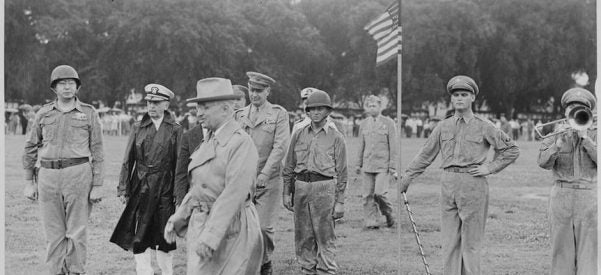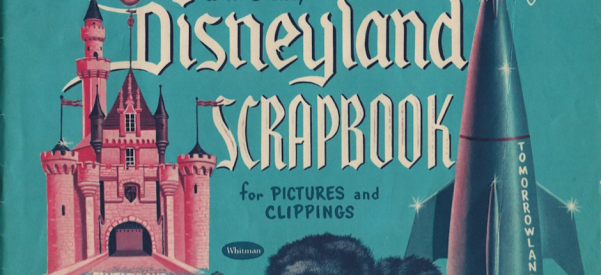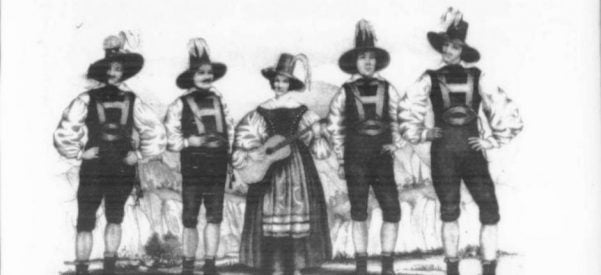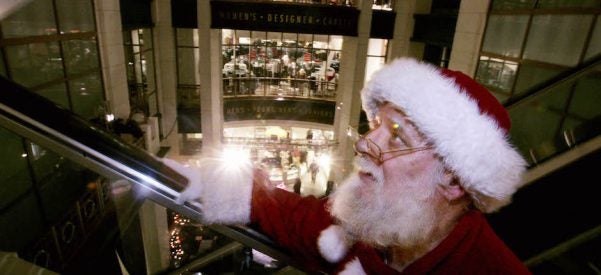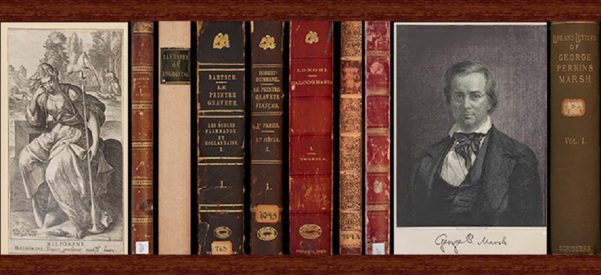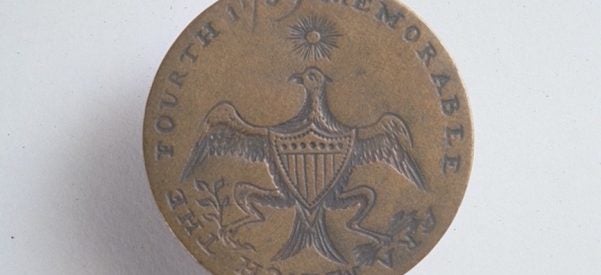Explore
: what it means to be american
The Practice of Tapping the Moneyed Elite Began with WWI—and Was Surprisingly Scandal-Free
By Charles Rappleye
February 10, 2017
From our earliest days we Americans have embraced leaders from among the ranks of the nation’s moneyed elite. Voters set the tone when they chose George Washington, the wealthiest man on the continent at the time, as the first president.
But that choice was accompanied by a healthy skepticism of the role of money in the halls of government. As the years went by, recurrent scandals prompted rounds of reform, fostering an intricate system of rules to promote ethical conduct.
The result …
Read More >
What Began as an Informal Means of Introduction Became the Ultimate Government-Sanctioned Authenticator
By Craig Robertson
February 6, 2017
It was originally a European tradition, not ours. But in 1780, needing a more formal way to send former Continental Congressman Francis Dana from France to Holland, Benjamin Franklin used his own printing press to create a new document. The single-sheet letter, written entirely in French, politely requested that Dana and his servant be allowed to pass freely as they traveled for the next month. Franklin signed and sealed the page himself and handed it off to Dana, creating one …
Read More >
The Sole Surviving Image of the Perilous Journey Provides a Crucial Bridge to History
By Steve Rivo
January 27, 2017
On a cold day in late November 1853, in a place called Big Timbers, in what is today southeastern Colorado, a Jewish photographer named Solomon Nunes Carvalho hoisted his ten-pound daguerreotype camera onto a tripod and aimed his lens at a pair of Cheyenne Indians. At first glance, the resulting image, scratched and faded from years of neglect, seems unremarkable. But in fact it is probably the oldest existing photograph of Native Americans taken on location in the western United …
Read More >
How Football Helped the “City of Hate” Recover From JFK's Assassination
By Christian McPhate
January 24, 2017
Watching my Dallas Cowboys fall to the Green Bay Packers last Sunday on the last play of the game in an instant classic of an NFC Divisional Playoff, I couldn’t help but think back to my grandfather.
The first time I recall watching the ‘boys play, in the 1970s, I was knee high to him, paying more attention to the gun case where he kept his Purple Heart and the loot he’d collected from dead Nazis. As the men in …
Read More >
The About-Face Permitting Japanese Americans to Enlist Provoked Dissent, Anger—And the Remarkable 442nd Regiment
By Franklin Odo
January 19, 2017
In January 1943, President Franklin Delano Roosevelt and his War Department abruptly reversed course by allowing Japanese Americans to enlist in the U.S. Army in the fight against Germany and Japan.
This was not a foregone conclusion: The draconian mass removal and incarceration of 120,000 Japanese Americans had been justified as a military necessity—and continued to be enforced. Two-thirds of those incarcerated were American-born Nisei, second-generation citizens; one-third were Issei, Japan-born immigrants, prohibited by law from applying for naturalization.
In …
Read More >
The Disneyfication of American History Began Long Before the Theme Parks
By Bethanee Bemis
January 3, 2017
There are few symbols of pure Americana more potent than the Disney theme parks. To walk down any of the destinations’ manicured Main Streets, U.S.A.—as hundreds of thousands of visitors do each day—is to walk though a particular vision of America’s collective memory. It’s small-town values. It’s optimism. It’s energy. It’s innovation. It’s a certain kind of innocence. It is by design, the story of the “American Way”—and one that has played a dominant role in shaping the collective …
Read More >
Vestiges of the Racist Entertainment Persist in Art and Politics
By Daniel H. Foster and Anne Bramley
December 27, 2016
In 1822 the Austrian emperor Franz I and his ally Tsar Alexander I of Russia held a meeting in a remote valley of the war-torn Tyrolese Alps. They were entertained by the Rainers, a locally renowned family of singing farmers. When the visiting dignitaries heard the improvisational simplicity of the family’s performance of native Alpine songs, they encouraged the four Rainer brothers and their sister to leave the war behind and take their homegrown mountain show on the road. …
Read More >
The Midwestern Mainstay Transformed Commerce Into a Communal Holiday Spectacle
By Leslie Goddard
December 20, 2016
Christmas has not been celebrated at Chicago’s Marshall Field’s department stores since 2005, but mention the name to just about any Windy City native, and it will plunge them back into the childhood wonder of the flagship downtown shopping emporium during the holiday season. Gazing up at the towering evergreen of the Walnut Room, glittering ornaments weighing on its boughs. Winding through lines for Cozy Cloud Cottage, waiting for a moment with Santa. Marveling at the elaborate holiday windows along …
Read More >
A Fortuitous Influx of Cash Launched the Smithsonian’s Earliest Art Collection
By Helena E. Wright
November 16, 2016
In 1835, through an unlikely turn of events, the young United States became the beneficiary of the estate of one James Smithson, a British scientist of considerable means who had never set foot on American soil. The gift of $500,000 (about $12 million today) carried the stipulation that it be used to create an institution for the “increase and diffusion of knowledge.”
How amazing—and baffling—this windfall must have seemed! The responsibility was tremendous, in terms of the amount, the perception, …
Read More >
For Many Voters, Wearing Political Paraphernalia Is Their Personal Connection to a Candidate
By Harry Rubenstein
November 7, 2016
On April 30, 1789, enthusiastic onlookers filled the streets, dangled out of windows, and perched on rooftops to catch a glimpse of George Washington as he made his way through the streets of New York to Federal Hall to assume the new office of President of the United States.
As at many political events that would follow, there were vendors along the procession route busily making and selling souvenirs to commemorate the day. Among the items sold were small brass …
Read More >


